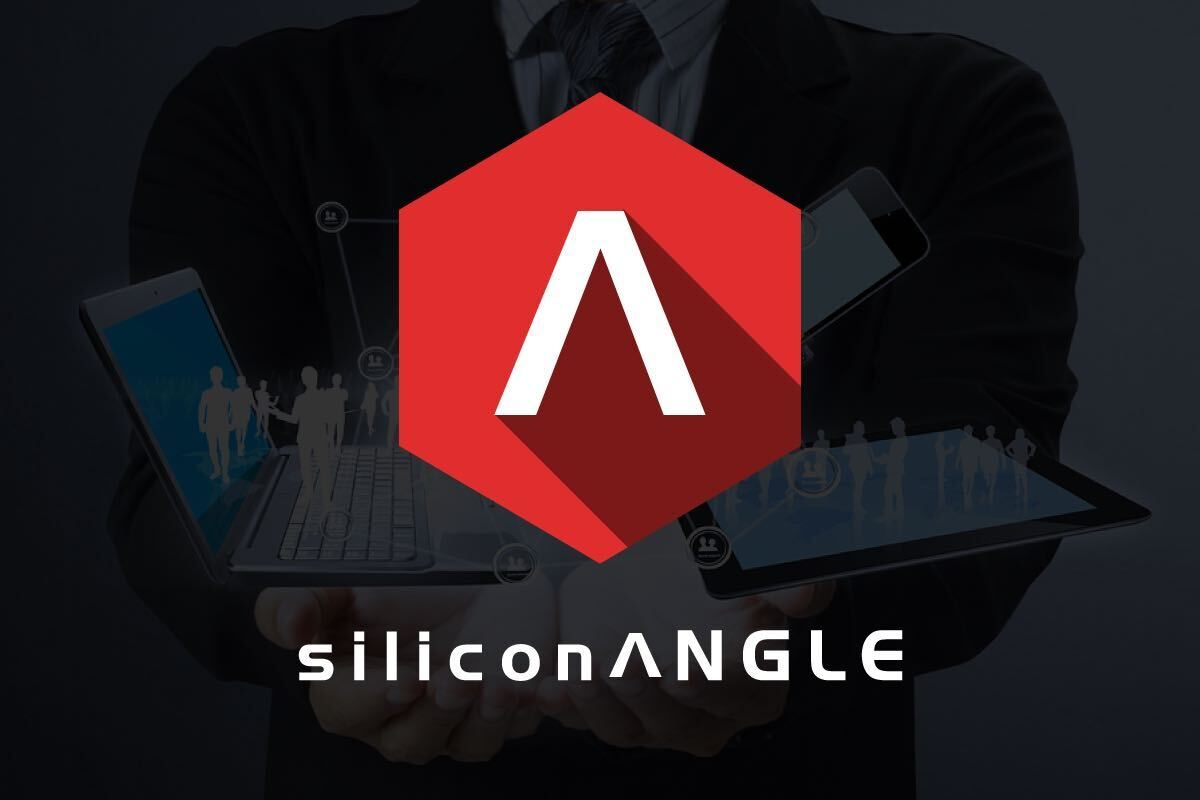


![]() Google Compute Engine’s (GCE) entrance into the public cloud space offers nothing short of a jolt to the collective pulse of CIOs. Wikibon’s Stu Miniman recently sized up the public cloud playing field, giving some action items for the CIO, briefly highlighting some of the pros and cons.
Google Compute Engine’s (GCE) entrance into the public cloud space offers nothing short of a jolt to the collective pulse of CIOs. Wikibon’s Stu Miniman recently sized up the public cloud playing field, giving some action items for the CIO, briefly highlighting some of the pros and cons.
Public cloud providers are making a strong play for the enterprise, commoditizing hyperscale infrastructure at its finest. But making the move to GCE or Amazon’s Web Services is a big decision. Adopting an Infrastructure-as-a-Service model affects high dollar amounts to a company’s bottom line. So what are the pros and cons of GCE for the CIO? I’ve broken down some of Miniman’s recommendations.
Shared core instances – small and micro instances are now available for low-intensity workloads. Persistent disk with support up to 10TB per volume, compared to Amazon and Rackspace which only support 1TB volumes.
These apps include : Google App Engine, Google Cloud Platform, Google Wallet, Google+, and Google API for Business are already part of the IT discussion for mobile, collaboration and other apps.
Google has a clear play here. Users shift between devices, the experience should be seamless. By offering a Google Apps suite of tools, Google is addressing both your personal and professional lives. Google Compute Engine is the center of that for the businesses giving you that experience.
When Google pulls back the curtain on the inner workings of its data center, the world stops and looks. Over the past 14 years, Google as built arguably the best infrastructure known to man. That is one heck of a selling point for its ability to commoditize architecture designed to handle billions of queries at any given point in time.
One decision CIOs face is a vendor’s ability to scale a service offering, a consideration particularly applicable to IaaS. Google is a web giant in the hyperscale realm, and its ability to scale a platform is a matter of reliability.
A deal-breaking caution to companies could be in the fine print. Stu alerts CIOs to read through a vendor’s Service Level Agreements to fully understand the relationship and mutual obligations between you and the service provider. Take a look at Google’s GCE SLA. It reads: any outage will result in a “Percentage of monthly bill credited to future monthly bills of Customer”; hardly comforting to any enterprise company that might consider using GCE for a production workload.
Though Google has years of experience with its own infrastructure, commercializing as an IaaS provider is new territory. That means GCE’s ecosystem hasn’t had the time to develop, and that could limit the immediate benefits a CIO would gain.
While there is by no means an industry standard here, Google says its response-time to notify customers of a breach is done per contractual terms. Not exactly the clearest or most comforting way to lay out the details. One differentiating point between GCE and AWS is the customer service model – where Amazon provides on-demand support with real people, Google relies on a web-based series with a more DIY approach to resolving issues.
Google does not win best-in-class for what it provides as a product road map either. Amazon AWS allows customers to pay for upgrades to their services that provide for a single point of contact for technical matters (usually only once the customer has signed a confidentiality
Google Compute Engine is not yet ready for prime time, according to Wikibon Co-Founder and CTO David Floyer. He details the primary differences between GCE and AWS in particular, noting that Google’s tried and true methods for other businesses won’t work in the IaaS market.
“The biggest challenge for Google, is offering a throat to choke,” Floyer says. “Virtual throats aren’t very choke-able. That’s not a solution to do it the way they’ve transitionally done it.”
See Floyer’s entire segment below.
Support our mission to keep content open and free by engaging with theCUBE community. Join theCUBE’s Alumni Trust Network, where technology leaders connect, share intelligence and create opportunities.
Founded by tech visionaries John Furrier and Dave Vellante, SiliconANGLE Media has built a dynamic ecosystem of industry-leading digital media brands that reach 15+ million elite tech professionals. Our new proprietary theCUBE AI Video Cloud is breaking ground in audience interaction, leveraging theCUBEai.com neural network to help technology companies make data-driven decisions and stay at the forefront of industry conversations.